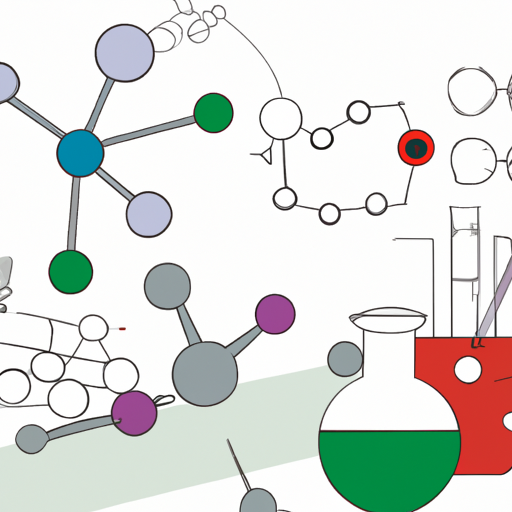
A catalyst, known in Korean as “호발정련제,” plays a pivotal role in chemical reactions by accelerating the rate of reaction without being consumed itself. This crucial component lowers the activation energy required for a reaction to occur, leading to increased efficiency and speed of various processes in industries such as petrochemicals, pharmaceuticals, and environmental remediation.
Catalysts function by providing an alternate reaction pathway with a lower energy barrier, allowing the desired products to form more rapidly. They enable manufacturers to optimize production processes, reduce energy consumption, and minimize byproduct formation, ultimately enhancing overall efficiency and cost-effectiveness. Different types of catalysts, including homogeneous and heterogeneous catalysts, are utilized based on specific reaction requirements.
In addition to their industrial applications, catalysts also play a vital role in environmental sustainability. By enabling cleaner and more sustainable production methods, they contribute to reducing harmful emissions and promoting greener practices. Continuous research and development efforts are focused on enhancing catalyst performance, selectivity, and durability to address evolving industrial and environmental challenges.
The field of catalysis continues to drive innovation and advancements across various sectors, shaping the way chemical reactions are managed and optimized. As industries strive towards greater efficiency, sustainability, and environmental responsibility, the role of catalysts remains integral in achieving these objectives. In essence, catalysts serve as silent champions behind the scenes, driving progress and facilitating key transformations in the realm of chemical processes.
